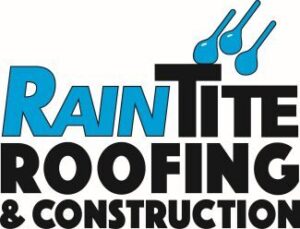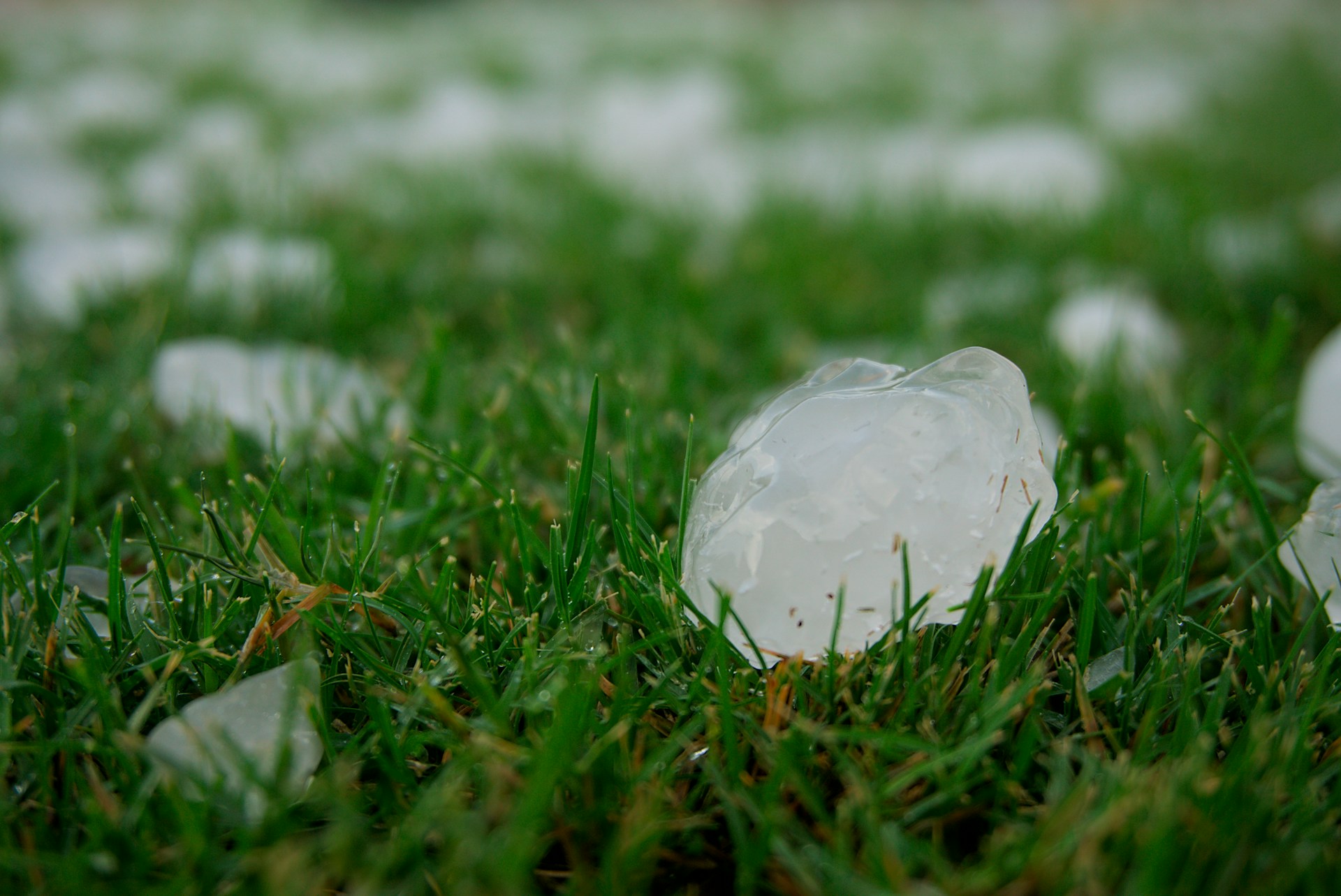If you live in Rapid City, you already know how fast the weather can turn. One minute it’s sunny, and the next thing you know, there’s a hailstorm pounding down on your yard, your car, and your roof. These storms can leave behind dents, cracks, and broken bits that are easy to miss at first, but over time, they can do more than just make your roof look bad. They can cause leaks, water damage, and even lead to much bigger repairs.
Have you recently had a storm blow through and wondered if your roof took a hit? Even if you didn’t notice any big issues right away, hail can cause damage that shows up weeks or months later. Catching the signs early can go a long way in keeping your home protected. Here’s what to look for and what should be done if your roof’s taken a beating.
Common Types Of Hail Damage To Roofs
Hail doesn’t have to be huge to do damage. Even smaller chunks of ice can break down roofing materials over time, especially after repeated storms. Much of the damage isn’t always visible from the ground, but it still impacts how long your roof lasts and how well it works. Here are a few ways hail can harm your roof:
– Cracks or dents in shingles and tiles: When hail hits with force, it can lead to missing pieces, deep marks, and even full cracks.
– Granule loss on asphalt shingles: The gritty surface on asphalt shingles protects your roof from the sun and water. Hailstorms can scrape this layer off, leaving your shingles bare and exposed.
– Damage around vents and flashing: These areas are more fragile and are often the first spots to show hail impact.
– Hidden spots that lead to leaks: Even minor dents can knock things loose beneath the surface, making it easy for rainwater to find its way inside over time.
After a couple of seasons, this kind of wear can add up. One homeowner in town didn’t notice hail damage until water started dripping from the ceiling, even though the storm had happened months earlier. This shows how easy it is to overlook small signs until they turn into a bigger problem. Spotting the damage early and knowing what it looks like can save a lot of frustration later on.
Immediate Steps To Take After A Hailstorm
Once the hail stops and it’s safe outside, there are a few things you should do, but without getting up on the roof. Leave the climbing to someone with the right gear and training. Here are some ways you can still take action:
1. Look around the yard: Check for broken shingles or roofing material that may have fallen off. If pieces are lying in the grass or driveway, something’s definitely wrong up top.
2. Check from the ground: Walk around your home and try to get a view of your roof from all angles. Use binoculars if you have them to spot dark marks, dents, or missing pieces.
3. Take photos: Snap pictures of anything you see, like roof parts on the ground, dents on gutters, or marks around vents. These can help later if you need to file an insurance claim.
4. Don’t wait too long: Damage that’s left untreated can get worse with every passing storm, even if it doesn’t rain. Moisture, wind, and snow can all make small issues grow.
It’s always best to call someone to take a proper look before signs of damage become bigger problems. A trained eye will catch things you might miss and help guide you toward the best fix.
Professional Hail Damage Roof Repair Process
Once a hail-damaged roof is assessed, the repair process needs to be thorough. Professionals don’t just look at the surface. They check underneath too. The first step usually involves a detailed inspection to figure out the scope of the damage. This includes checking all layers of roofing material, flashing, vents, and possibly even the attic to spot moisture or hidden structural issues.
If shingles are cracked or sections of tiles are missing, those materials will be replaced. But the work doesn’t stop there. A solid crew will also check for soft spots in the roofing deck, signs of water staining, or torn seals around vent pipes and skylights. Even something as simple as a dented flashing can let water creep in if it’s not fixed right.
The goal is to bring the entire section of the roof back to full working condition. A good repair job doesn’t just mask the issue with a quick patch. It prevents future problems from forming in the same area. If damage is extensive, a complete replacement might be the best option. Either way, the repair plan should be based on what fits your roof’s condition, not whatever is fastest or cheapest.
You also want the repairs to blend in well. Skilled crews make sure that new materials match up with the existing roof so nothing stands out awkwardly. The products used are usually picked because they hold up better in rough weather, not just because they’re on hand. That kind of planning helps your roof stay strong during the next storm season.
Preventative Measures For Future Hail Damage
Once repairs are complete, it’s smart to think about how to better prepare your roof for storms that may hit down the road. No roof is 100 percent safe from hail, but there are smart steps you can take to reduce the chances of repeat damage.
– Use impact-resistant roofing materials: These shingles or tiles are made to handle tougher hits without cracking or falling apart. They tend to break less and wear down slower over time.
– Reinforce roof edges and trouble spots: Pay close attention to flashing, skylights, vents, and around your chimney. Hail often targets these weaker areas first.
– Stick to a maintenance schedule: Loose caulk, worn seals, or opened joints may seem small, but when paired with a strong hailstorm, they can turn into major repair jobs. Regular inspections can catch these problems ahead of trouble.
– Book inspections before every big season: In Rapid City, the shifts between summer and winter can be hard on roofs. Having a checkup done a couple of times per year keeps you ahead of damage, especially if your roof already has a few years on it.
One homeowner here in town had two hail insurance claims in just three years. After their second repair, they made the switch to impact-rated shingles. Since then, they’ve gone through more than one storm without any roof trouble. It may seem like a lot to put in upfront, but these upgrades can save you from big headaches in the long run.
Protect Your Roof From Hail Damage
Hailstorms are a part of life in Rapid City, and each one can leave behind damage that’s hard to see right away. You might not even notice anything wrong for weeks. But leaving roof damage unchecked can lead to costly problems that grow with every new storm.
Being proactive is always better than waiting. Quick inspections after a storm help spot damage early, and getting repairs done right saves money and stress later. If you’ve been through a hailstorm recently or it’s been a while since anyone looked at your roof, now’s a good time to schedule a professional check.
Better materials, strong repairs, and steady maintenance all work together to help your roof last longer. Don’t wait for the next leak or storm to remind you. Stay ahead of the weather and give your roof the care it deserves.
Taking care of your roof is an important part of protecting your home through every season. If your property was recently hit by a storm, our team is here to help with expert hail damage roof repair. At RainTite Roofing & Construction, we’ll make sure your roof is strong, secure, and ready to handle Rapid City’s unpredictable weather. Reach out to get started on repairs that truly last.

